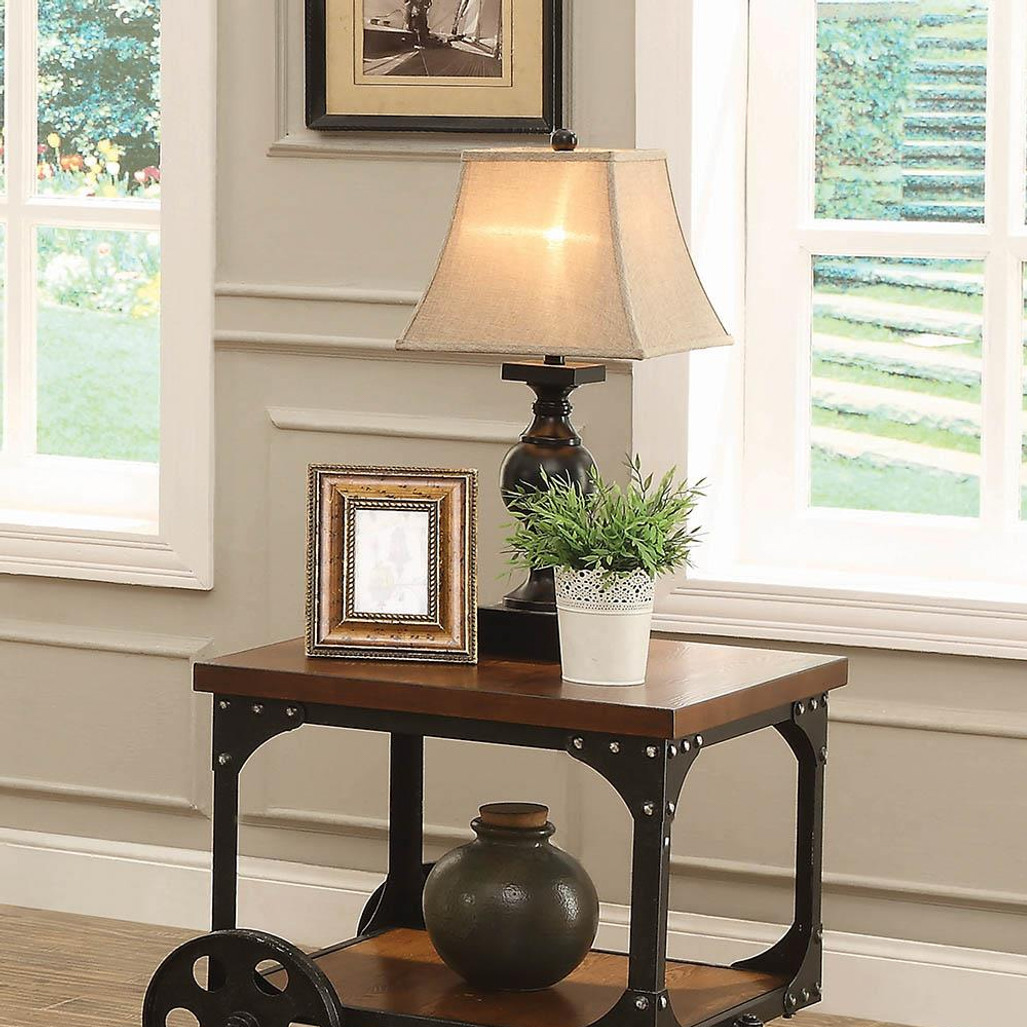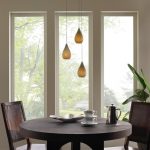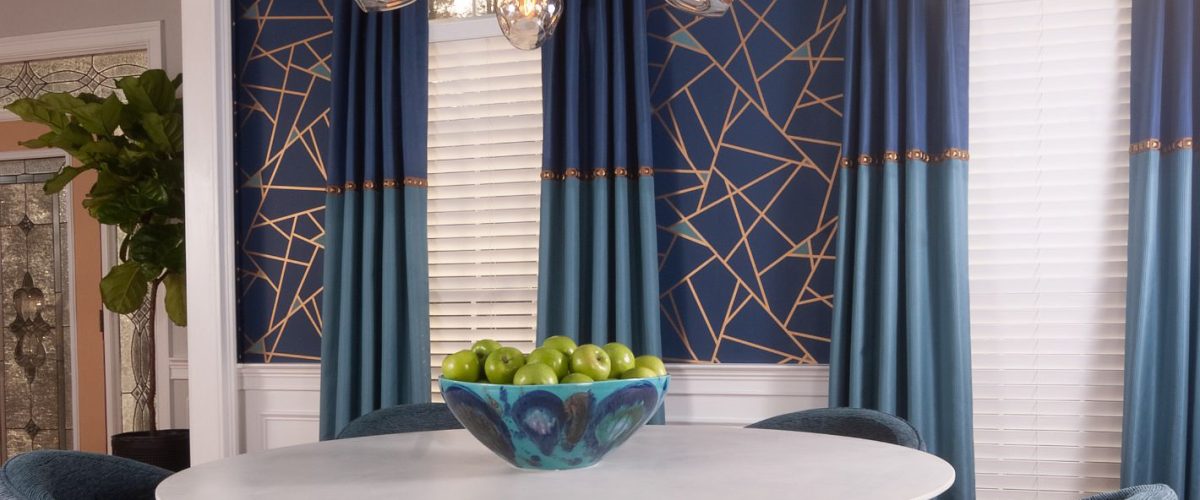
The Beauty of Imperfection: Exploring Wabi-Sabi Interior Design
Introduction
Wabi-sabi is a Japanese aesthetic philosophy that celebrates the beauty of imperfection, transience, and simplicity. This philosophy has influenced many art forms, including interior design. In wabi-sabi interior design, the focus is on creating a space that feels authentic, organic, and unpretentious. It is about finding beauty in the imperfections and highlighting the raw, natural, and unrefined elements of a space. This article will explore the principles of wabi-sabi interior design and provide tips for incorporating this philosophy into your own home.
The Principles of Wabi-Sabi Interior Design
The principles of wabi-sabi interior design are centered around three core concepts: simplicity, transience, and imperfection.
Simplicity
A key principle of wabi-sabi interior design is simplicity. This means paring down your space to only the essentials and removing anything that is unnecessary or overly ornate. Simplicity also means choosing natural materials that are raw and unrefined, such as wood, stone, and linen. These materials offer a sense of authenticity, and their imperfections only add to their charm.
Transience
Another important principle of wabi-sabi is transience. This refers to the idea that nothing is permanent, and everything— including our possessions and our homes— will eventually degrade or change over time. In wabi-sabi interior design, this principle is reflected in the use of materials that will age gracefully and show signs of wear and tear. This could include exposed brick walls, weathered wood floors, or slightly frayed textiles. These imperfections are seen as a part of the natural progression of time and are celebrated rather than hidden or camouflaged.
Imperfection
Finally, wabi-sabi interior design celebrates imperfection. This means embracing the quirks and flaws of your space, rather than feeling the need to hide or disguise them. It is about finding beauty in the things that are often considered ugly or imperfect, such as asymmetry, rough textures, and unique patinas. Imperfection is seen as a reminder of the imperfect nature of life, and is celebrated for its authenticity and uniqueness.
Tips for Incorporating Wabi-Sabi Interior Design into Your Home
If you are inspired to incorporate wabi-sabi interior design into your own home, here are some tips to get you started:
Choose Natural Materials
Wabi-sabi interior design is all about natural materials that show their imperfections proudly. When outfitting your space, look for materials like raw wood, stone, bamboo, or linen. Avoid synthetic materials or anything that looks too polished or shiny.
Embrace Minimalism
In wabi-sabi interior design, less is always more. Embrace minimalism and focus on only the essentials. Eliminate anything that feels unnecessary or overwhelming, and create space for your mind to breathe.
Let Imperfections Shine
If your space already has imperfections— such as an exposed brick wall or a slightly uneven ceiling— let them shine. Don’t try to cover them up or hide them. Instead, celebrate their uniqueness and embrace their quirkiness.
Use Textiles
Textiles are an excellent way to bring warmth and coziness to a space. Look for textiles that are rough, unrefined, and slightly frayed around the edges. Think linen or burlap, or even a vintage quilt.
Add Organic Elements
Incorporate natural elements like plants or driftwood into your space. These organic elements will help create a sense of calm and serenity, and will also add an element of natural beauty to your space.





